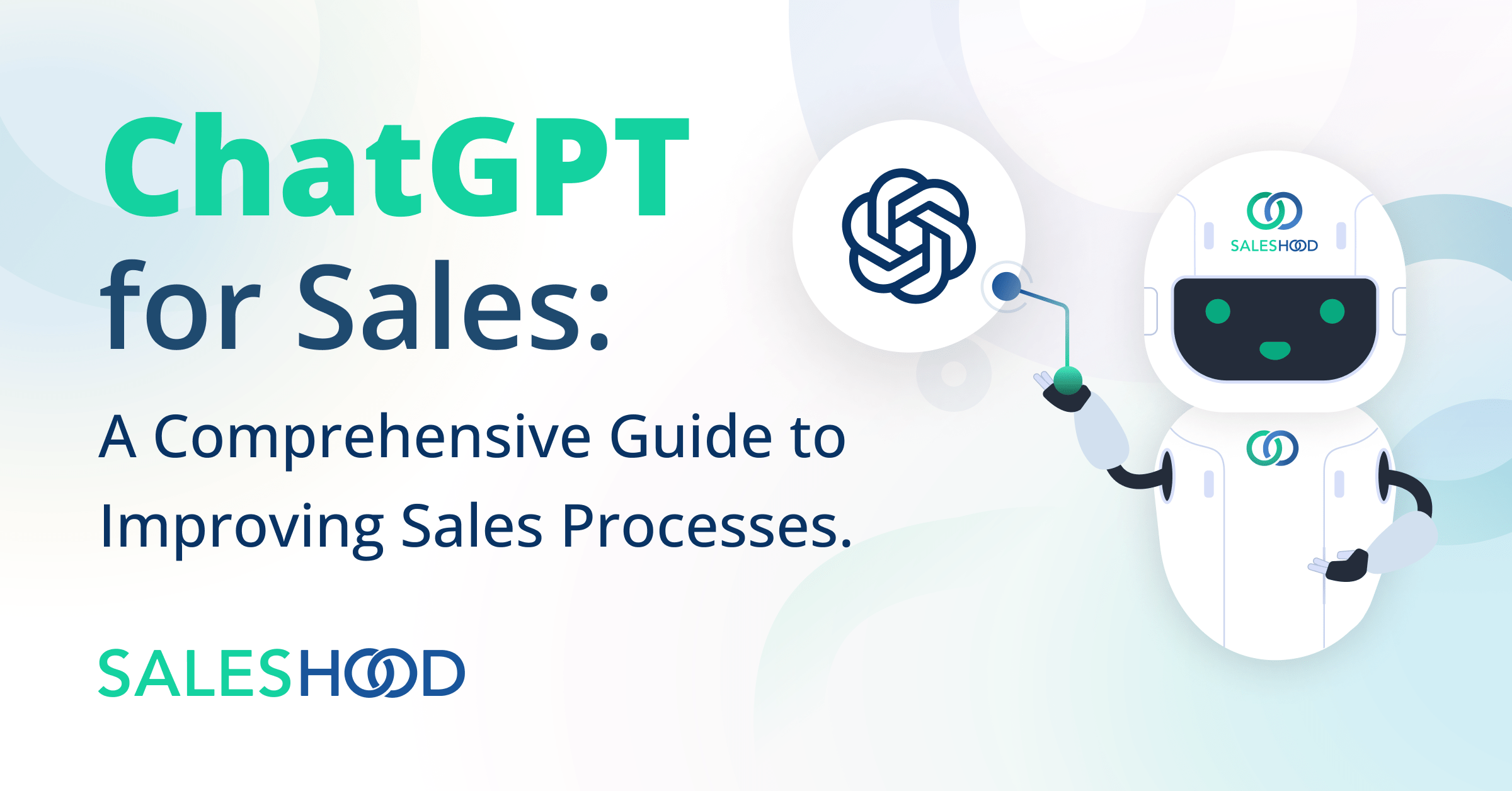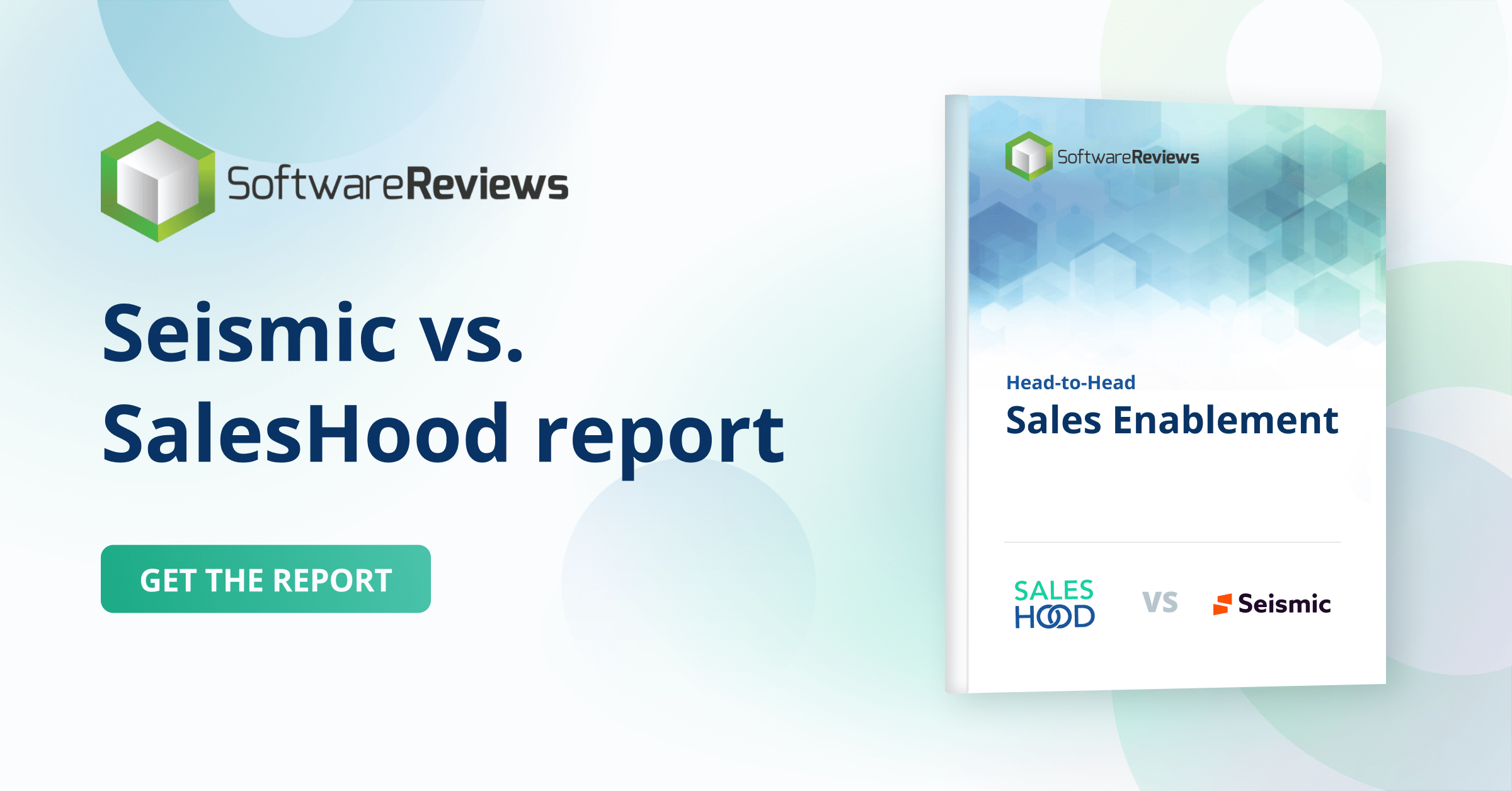Sales Enablement helps sellers be more competent and confident with compelling pitches in a buyer’s journey. It’s all starts with the pitch. It’s time to flip our thinking about what a sales pitch is. First, a “sales pitch” isn’t a bad thing. Our prospects and customers expect a sales pitch in their buyer’s journey. Second, our buyer’s want us to be prepared and insightful. When our buyers have questions they expect thoughtful answers addressing their unique business needs and situation. Third, before we pitch always ask a few clarifying or some discovery questions. Resist the urge even though you think you may know what your buyer is thinking. Rather than thinking about a sales pitch as a single event or even with negativity, consider the volume of pitches that happen on a regular basis in a buyer’s journey. Start thinking about how we pitch as a way of adding structure to conversations that are already happening. The pitch gives us a framework to answer questions. Here’s a list of micro-pitches mapped to questions raised along a B2B enterprise buyer’s journey: What do you do? Elevator pitch (60 sec) A well organized elevator pitch with an open-ended question at the end. How is a company like me realizing value from your service? Micro-pitch: customer reference story (2 min) A customer reference story that’s compelling, relevant, and quantifiable. How will your solution help us? Micro-pitch: Customized presentation (6-8 min) A solution overview or even a customized presentation that’s tailored to your customer’s business. When can we see a day in the life of your solution? Micro-pitch: Demonstration walk-through (6-8 min) Walk prospects through a day in the life of an average user’s workflow. Why is your solution different? Micro-Pitch: Key value differentiators (3-5 min) A classy list of competitive differentiators that don’t undermine your credibility as a professional. Why is your solution more expensive than your competition? Micro-Pitch: Objection handling focused on value (3 min) Focus on value and relate the pricing objection back to the core business issue trying to be solved. What does success look like? Micro-pitch: Mutual plan (5 min) Share a structure for a mutual plan that outlines the key milestones and decision process steps leading to achieving business goals. How will we measure ROI? Micro-pitch: Business case (5 min) Outline the path to ROI with financial drivers tied to core business issues reflecting your customer’s language and business processes. What’s your best price? Micro-Pitch: Give/gets (2 min) Be ready with a negotiation strategy that frames give/gets in the context of the buyer journey and decision making process. By flipping the pitch to the buyer journey, we open up a conversation that’s customer centric versus company centric. Remember, it’s their journey that needs to be met not our sales process checklist. Answering these questions is both art and science. Getting the answers just right to these questions takes practice and team collaboration. The super successful sales and customer teams will practice their answers and give each other feedback with real deals and real scenarios. The best sales managers will deliver operational excellence to share pitch best practices across every step in the buyer’s journey. What are you doing to deliver operational excellence against your customer’s buyer journey?
Create micro-pitches to reinforce your sales process and buyer’s journey
By Elay Cohen
August 05, 2021
Watch AI Coach demo

You might also like:
Experience SalesHood now.
See Revenue Enablement that’s faster, simpler and 100X better.
Request demo

